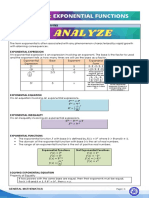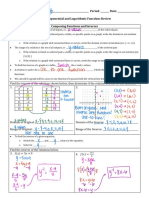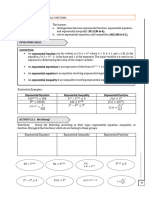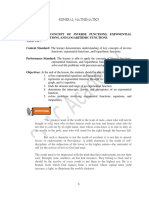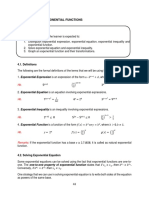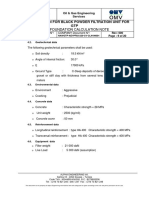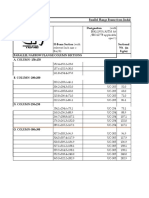0% found this document useful (0 votes)
28 views4 pages5.3 Exponential Functions
The document explains the concept of exponential growth in mathematics, distinguishing it from casual usage. It includes exercises for identifying exponential functions, verifying them using constant ratios, and graphing various exponential equations. Additionally, it covers transformations of exponential graphs, the significance of the base 'e', and solving exponential equations.
Uploaded by
wenkaimingkevinCopyright
© © All Rights Reserved
We take content rights seriously. If you suspect this is your content, claim it here.
Available Formats
Download as PDF, TXT or read online on Scribd
0% found this document useful (0 votes)
28 views4 pages5.3 Exponential Functions
The document explains the concept of exponential growth in mathematics, distinguishing it from casual usage. It includes exercises for identifying exponential functions, verifying them using constant ratios, and graphing various exponential equations. Additionally, it covers transformations of exponential graphs, the significance of the base 'e', and solving exponential equations.
Uploaded by
wenkaimingkevinCopyright
© © All Rights Reserved
We take content rights seriously. If you suspect this is your content, claim it here.
Available Formats
Download as PDF, TXT or read online on Scribd
/ 4

